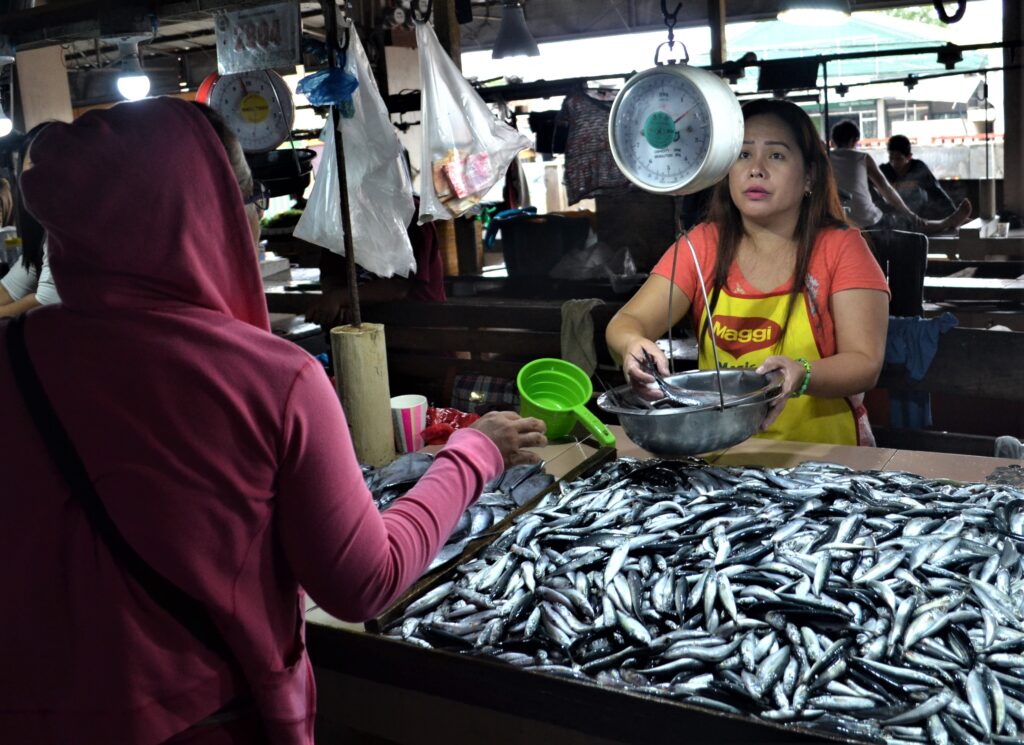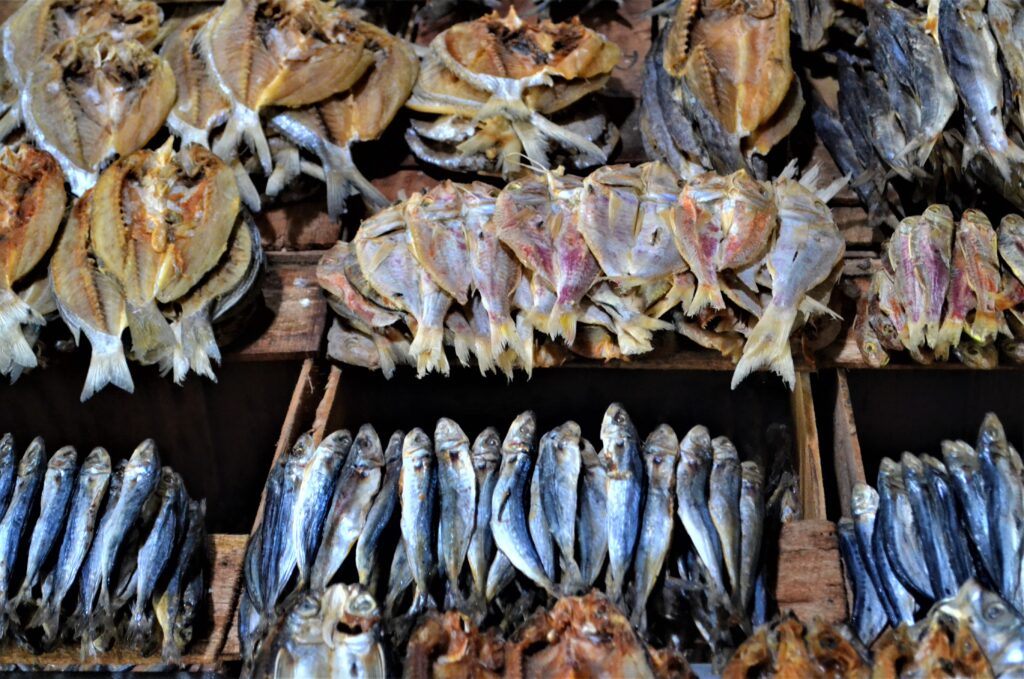Text and Photos by Henrylito D. Tacio
We are fishing our waters to the limit. Like the other vital resources we have, our fisheries are soon to collapse – a victim of the almost unabated plunder of the commons. As defined, the “commons” encompasses unoccupied land and all waters, which are considered a God-given set of resources for the people to consume as much as needed.
But these resources appear to have been abused to the point of exhaustion. If Filipinos don’t watch out, they may no longer have fish to be served at their tables in the coming years.
An archipelagic country, the Philippines has about 7,100 islands; it has more water than it has land. The country’s total territorial water is 2,200,000 square kilometers, while it only has 299,735 square kilometers of land area (about 34% or 102,984 square kilometers is considered agricultural).
“The thousands of islands endow the Philippines with a total coastline of 17,460 kilometers,” the Rome-based UN Food and Agriculture Organization (FAO) points out. “Within its land masses are freshwater and brackishwater swamplands, lakes, rivers and reservoirs.”
It is not surprising, therefore, why fish, touted to be the “poor man’s source of protein,” is our other staple (rice is the other one). “Fish and seafood represent an important source of protein for the average Filipino, at around 41%of animal protein intake,” reports the Kuala Lumpur-based World Fish Center.
And so it came to pass that the wealth of oceans, once considered boundless, has proven finite. Today, fish is a resource coveted – and fought over by countries.
“We are running out of fish and running out of time. For a country known for marine biodiversity, there are very few fish left to catch,” Vince Cinches, Oceans Campaigner for Greenpeace Southeast Asia, was quoted as saying.
Such is the case in Southern Mindanao’s fishing ground – the Davao Gulf.
Since 2000, the volume and quality of fish in the Davao Gulf have been in constant decline. These were the findings of the 10-year study entitled “Strengthening Governance and Sustainability of Small-scale Fisheries Management in the Philippines: An Ecosystem-based Fisheries Management Approach in Davao Region,” which was undertaken by the World Fish Center.
A collaborative effort of the Bureau of Fisheries and Aquatic Resources (BFAR), local government units, and the regional office of the Department of Science and Technology (DOST), the decade-study looked at the volume and quality of the harvests of 10 commonly fished species in the gulf: matambaka, tamban, moro-moro, caraballas, bilong-bilong, lapu-lapu, danggit, molmol, talakitok, and maya-maya.
Except for maya-maya, the harvest numbers for the species have been falling. At the current rate of decline, the caraballas, bilong-bilong, molmol, and danggit may all disappear completely from Davao Gulf within a decade, the study said.
The matambaka, tamban, and moro-moro are more resilient, but even they may disappear within a generation, it added.
“Our fishery resources are beset with problems,” deplores BFAR, a line agency of the Department of Agriculture.
Fishing to the limit has been cited as one of the primary problems. Although fish stocks are a renewable resource, many of them are strained to the limit. “Over the years, (Filipino fishers) have suffered from a widespread notion that the seas are inexhaustible and economic pressures that have encouraged over-exploitation,” an official of BFAR says.
The destruction of the country’s coastal ecosystem has also taken its toll on the country’s marine resources. Take the case of mangroves, those communities of trees in the tidal flats in coastal waters. The current rate of mangrove deforestation ranges from 2,000 to 3,000 hectares per year.
“Despite legislation and programs to protect mangroves, the country has lost 75 percent of its mangroves due largely to fishpond development, charcoal production, industrial conversion, reclamation, and pollution,” says Dr. Miguel Fortes, a professor of Marine Science Institute at the College of Science of University of the Philippines in Diliman.
In Davao Gulf, for instance, the conversion of mangrove areas to recreational resorts has likewise affected the fish catch. “Fish use the spaces under the mass of prop roots of mangrove trees as ‘delivery rooms,’ and the offspring of many marine species spend their growing period in the mangrove swamps before moving on to the open sea,” explains Dr. Rafael Guerrero III, former head of the Philippine Council for Aquatic and Marine Research and Development.
Coral reefs, considered one of the planet’s essential life-support systems, are not spared from destruction. An estimated 10% of the world’s 600,00 square kilometers of reefs has been destroyed during the past 50 years by myriad causes, including industrial pollution.
The degradation of our coral reefs has been cited as one of the culprits of the low production of fisheries in the country. “Coral reefs are the food basket for the fish,” said Senator Loren Legarda in a press statement. “A square kilometer of healthy coral reef may yield about 30 tons of seafood every year. But 94% of our corals are in fair or poor condition, they will not be able to produce enough fish for our needs.”
Another problem that will most likely hit the fisheries of the country soon is climate change. Some studies have shown that global warming will cause changes in ocean temperatures, sea ice extent, salinity, and oxygen levels, among other impacts. A recent study published in the journal Scientific Reports notes how it affects the amount and composition of fish that may lead to decreased catches.
“Warmer temperatures may also lead to decreases in maximum body sizes of marine fishes,” write the authors of the study, a team of scientists from the University of British Columbia (UBC). They add that “these changes have large implications for people who depend on fish for food and income, and thus the contribution of fisheries to the global economy.”Fish shortage looming



